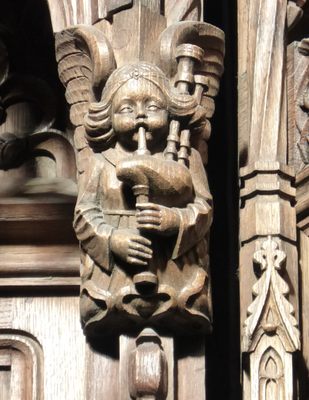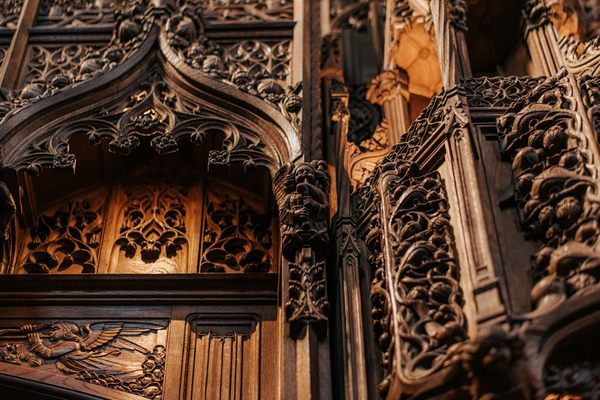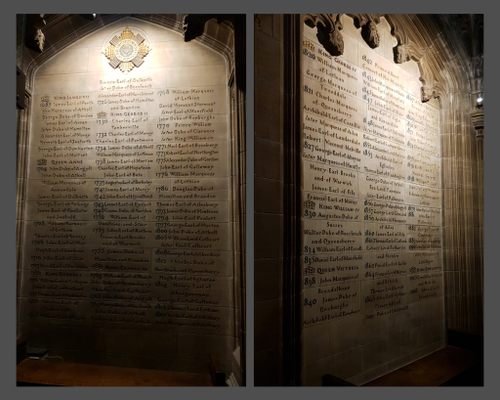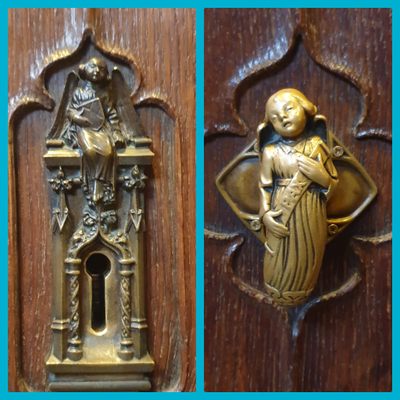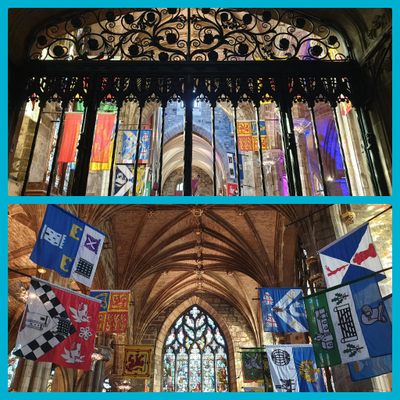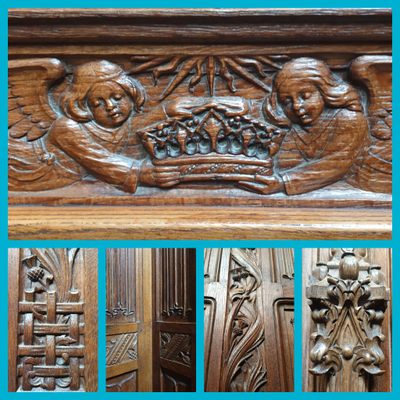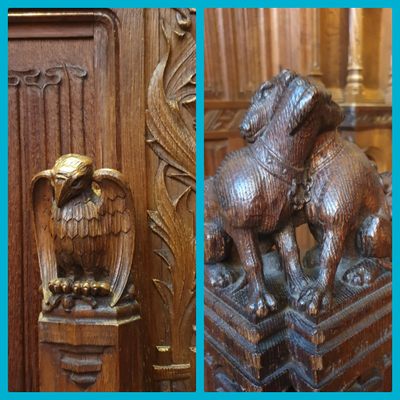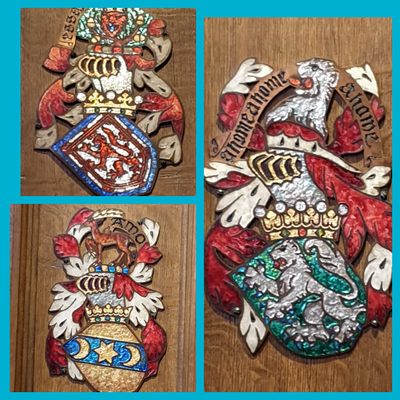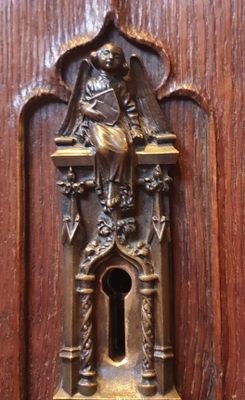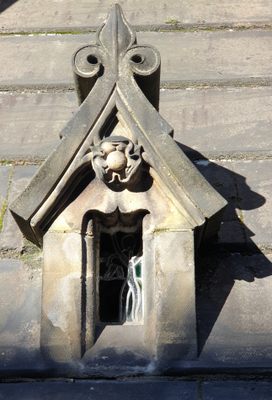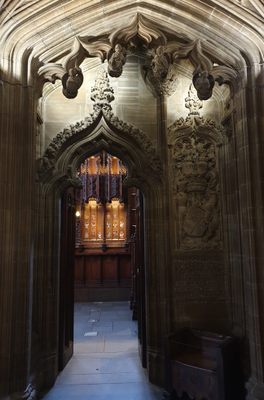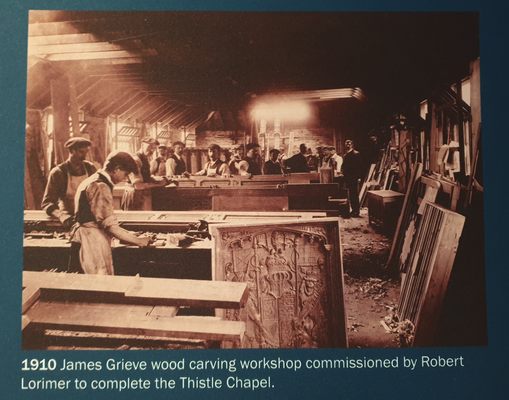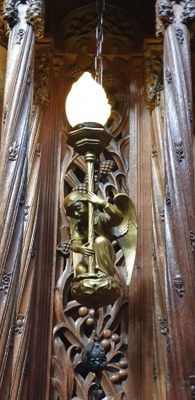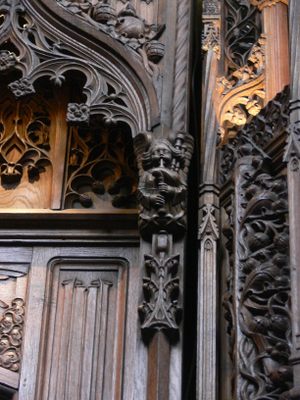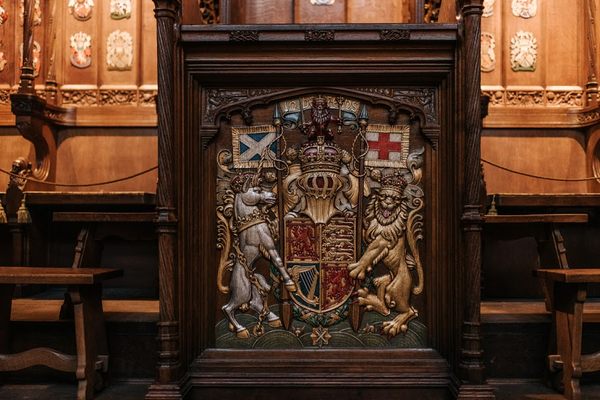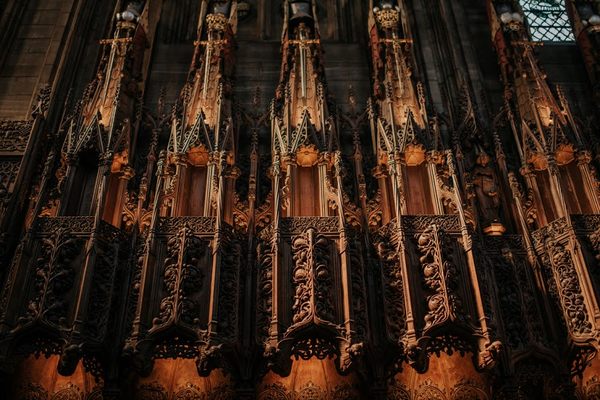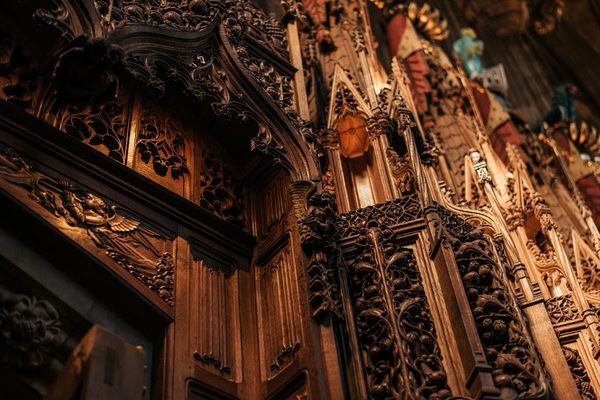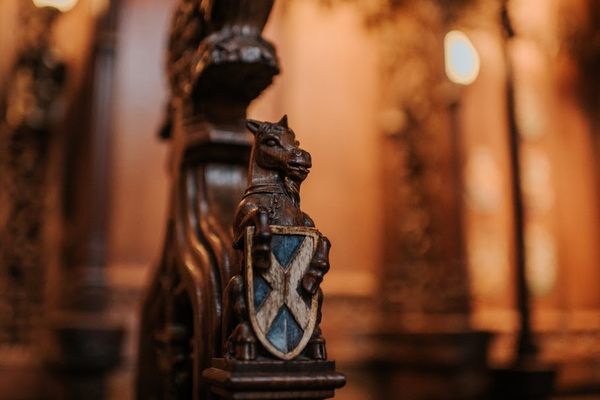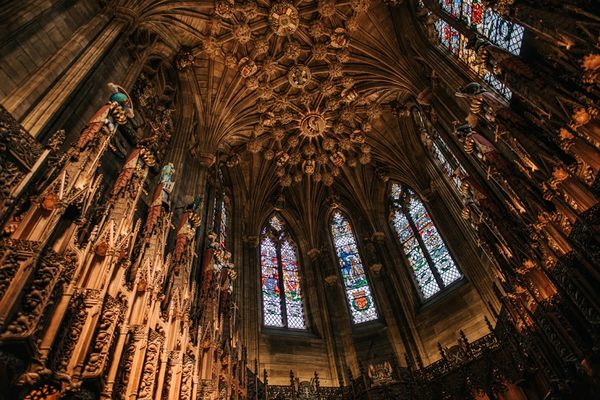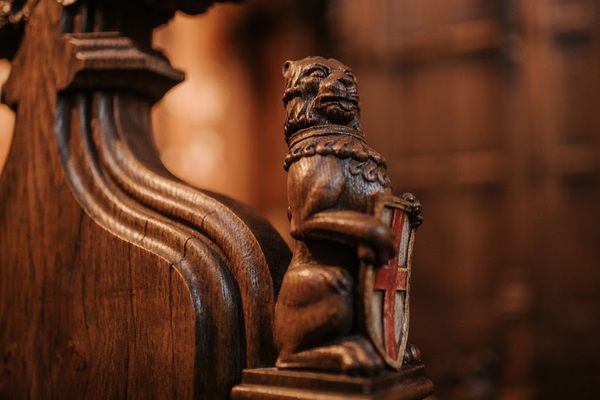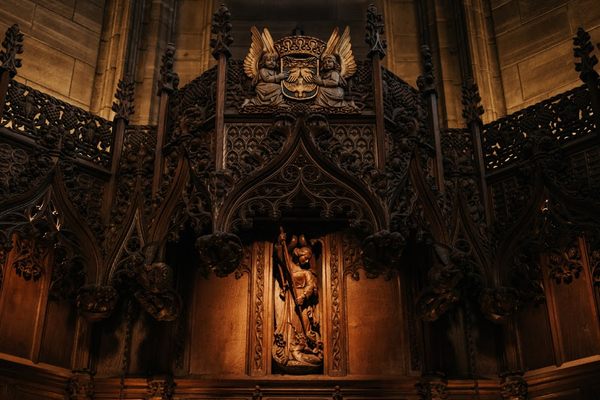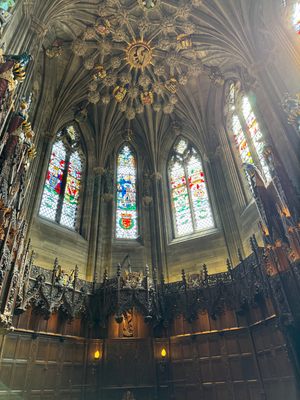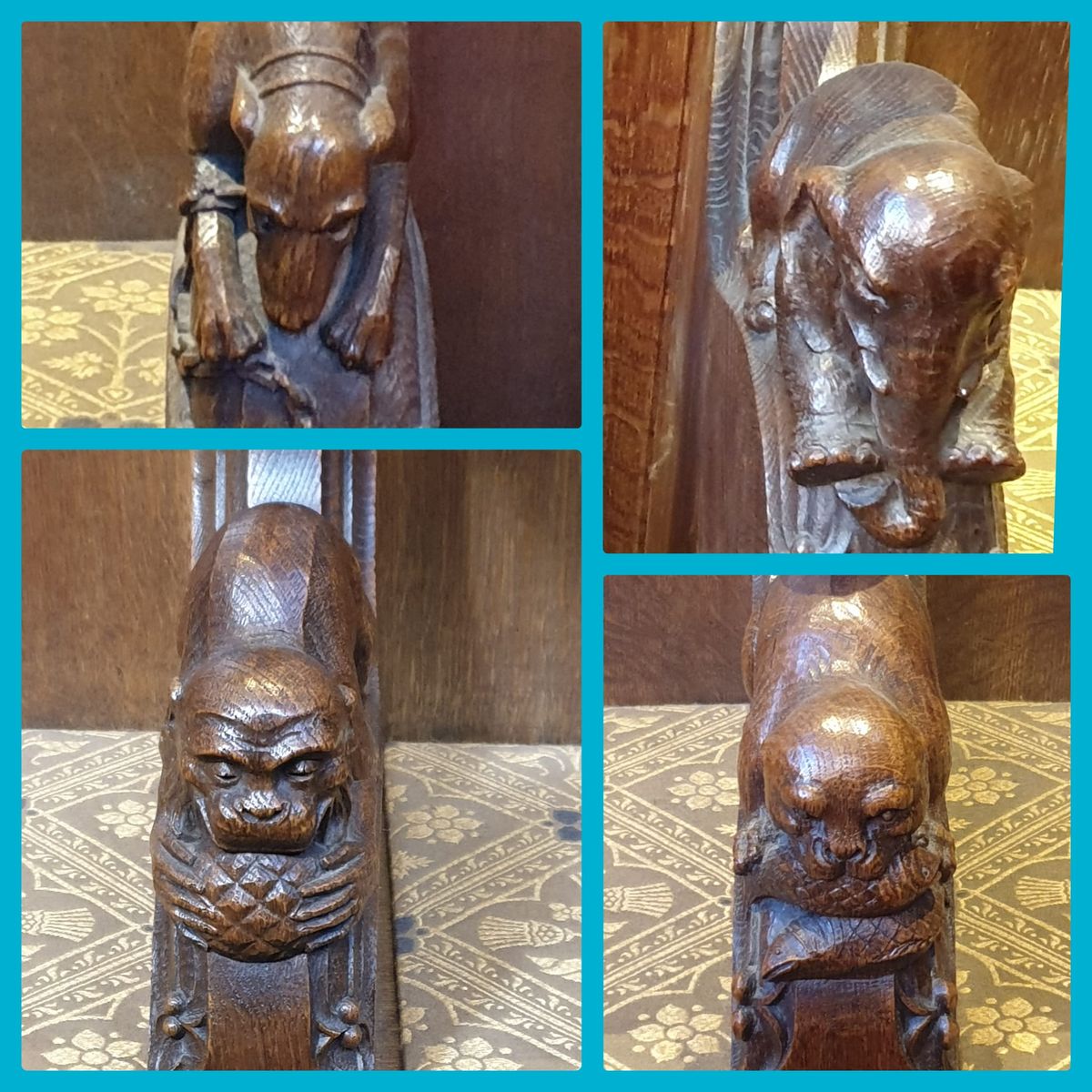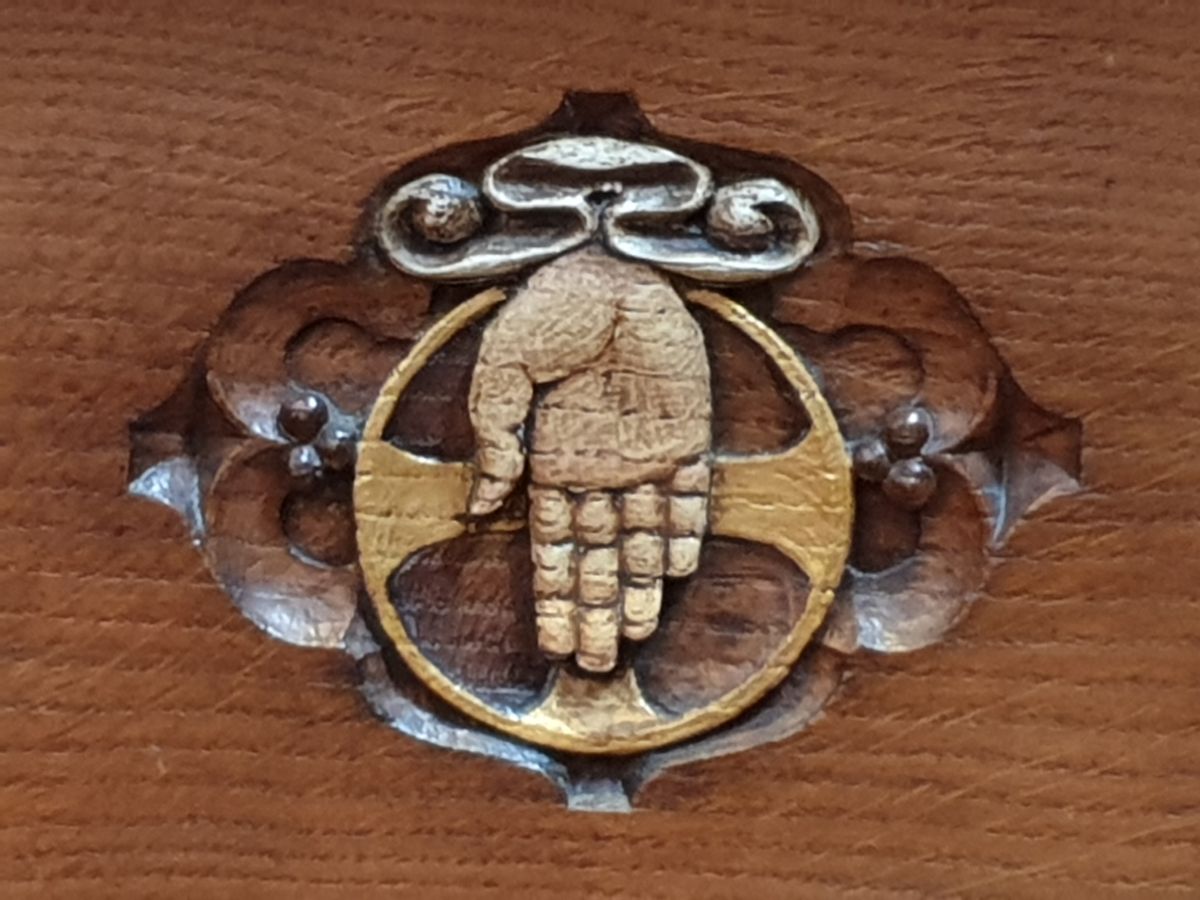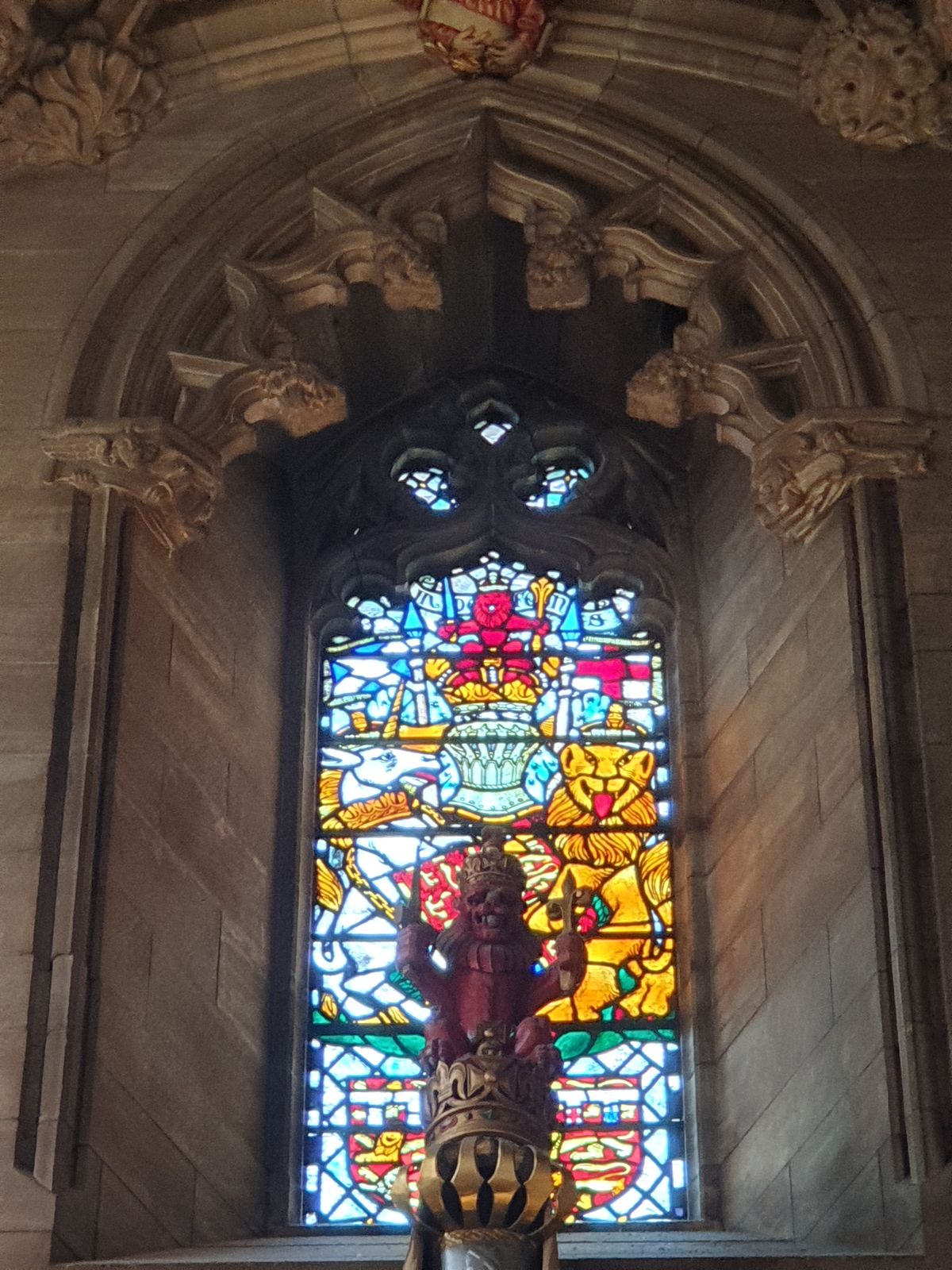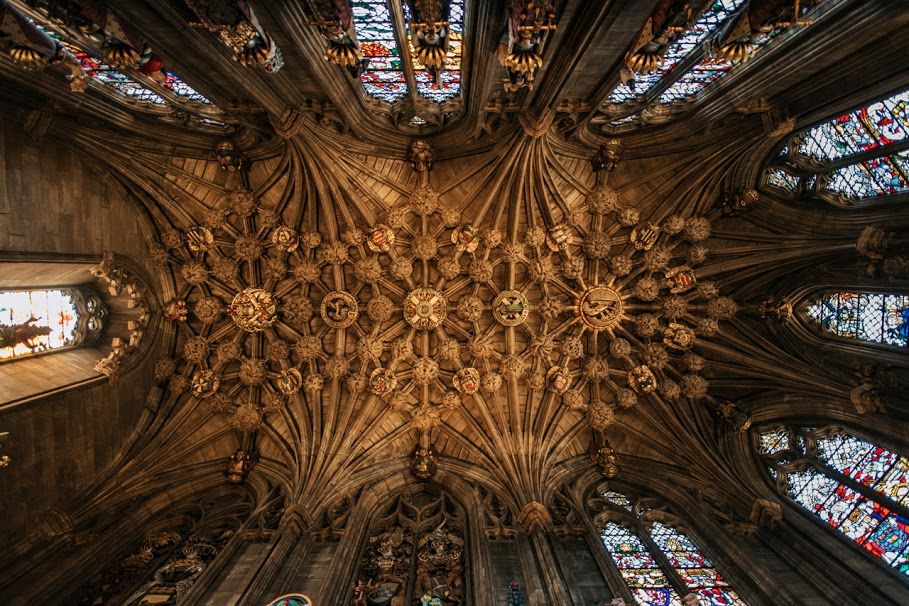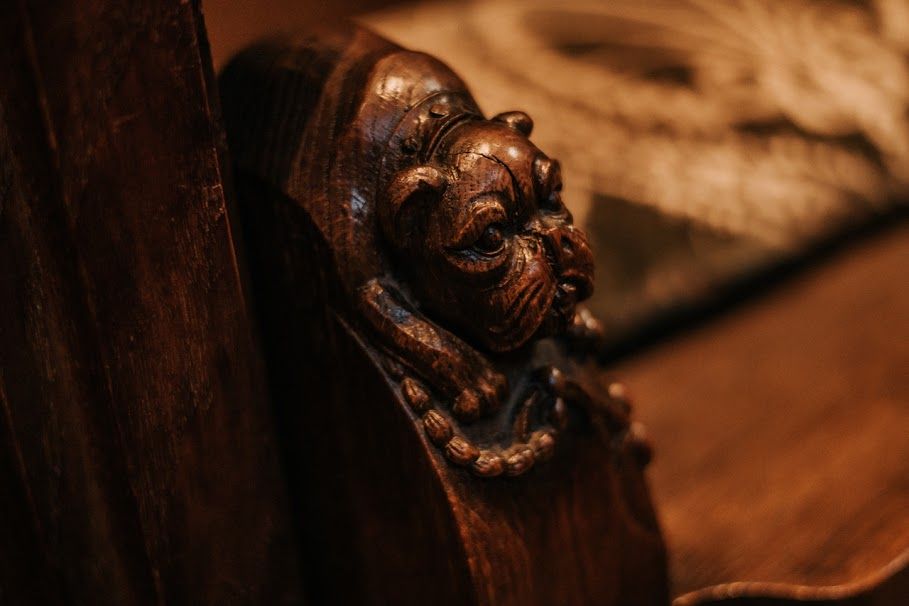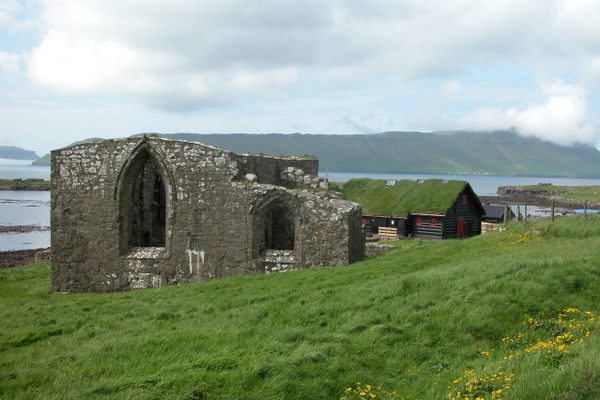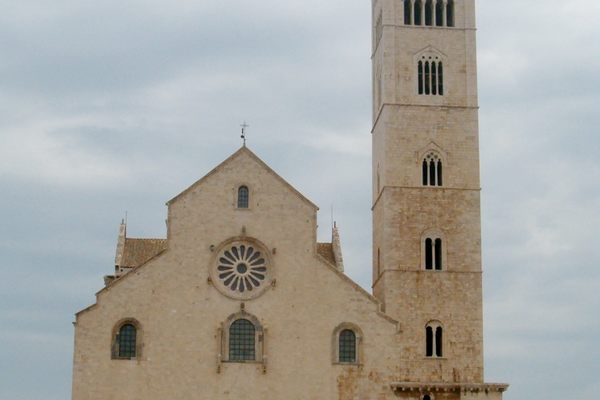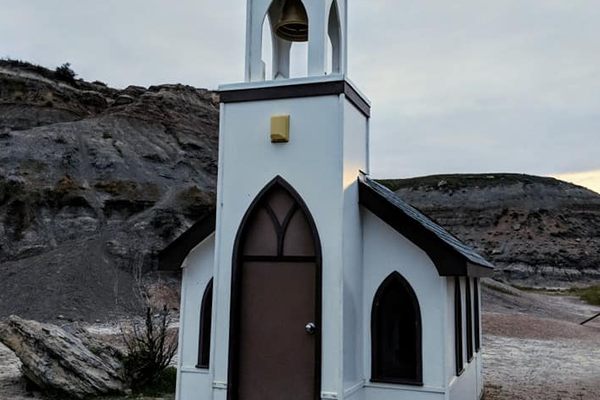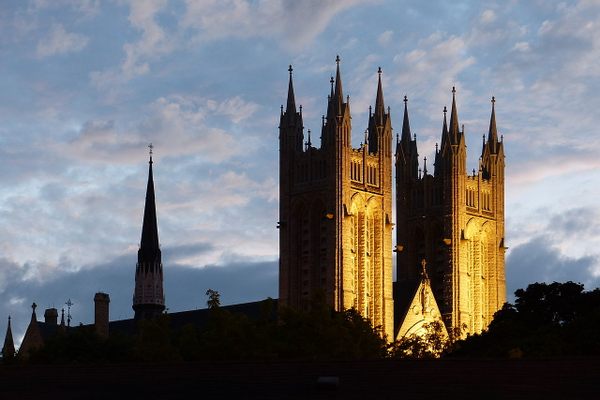About
Tucked in the southeastern part of Edinburgh’s St Giles’ Cathedral is a small chapel brimming with spectacular woodwork. Eagle-eyed visitors will spot three distinctly Scottish heavenly beings hiding among the architectural details.
The Thistle Chapel, a gorgeous neo-Gothic structure, was constructed in 1911. Architect Robert Lorimer designed the space, which serves as the home to the Order of the Thistle, Scotland’s chivalric order. The woodcarving was carried out by James Grieve and his workshop.
Each of the 16 Order members is appointed by the ruling British monarch, and new members are only initiated once a current member has died. When a new knight is installed, the current members don their velvet green robes and white-plumed hats for a ceremony in the Thistle Chapel.
The order's founding is attributed to King James VII sometime during the 17th century but is thought to be much older. It is speculated that it may have links to Robert the Bruce, but is most likely attributed to one of the earlier King Jameses.
The knights’ stalls line the sides of the chapel. The coat of arms of knights past and present line the walls, and the ornate canopies atop the stalls are crowned with the crests of the still-living members of the Order.
There are several coat of arms that are noteworthy, they are all located on the western wall. On the left there is a badge for King Olav V of Norway, the only non-Scottish knight. To his right is Sir Fitzroy Maclean the inspiration for Ian Fleming's famous spy, James Bond, (no, Sean Connery is not a member of the Order). On the left panel are three badges that have silver foil backing, these are the work of Phoebe Anna Traquair, an artist associated with the Arts and Crafts movement in Scotland.
Their symbols aren’t the only ones to adorn the space. Intricate details are carved into the dark wood, illuminated by the light that spills in through the stained-glass windows. Look around, and you’ll spot flowers and animals sculpted into the beams. There are figures carved into the high ceiling, including a pelican, an old Roman symbol for Christianity.
Hiding among these images of the natural world are three angels playing bagpipes. Two of the angels, one above the top right corner of the door, the other tucked in the corner across from the entrance, blend in with the surrounding woodwork. The third angel is made of stone and overlooks one of the windows. These three musical beings are such beloved details of the chapel, they even inspired the name of a restaurant across the street.
Related Tags
Know Before You Go
The Cathedral is open: Mon. - Fri. from 10 am - 6 pm, Sat. from 9 am - 5 pm, and Sun. from 9:30 am (Sunday services) and 1:30 pm - 5 pm for visitors.
Though the main body of the church has opening hours, the chapel is only open when a staff member is available to secure the premises. Going on one of the two free tours offered daily, or choosing the weekend, will likely secure accessibility. The chapel is located towards the rear of the church on the right- hand side.
Admission is free, with a suggested £5 donation. Check the website for tours and talks given throughout the day.
While you're in the area, head back to the parking lot behind the church. There, you'll find a marker denoting John Knox's burial place and Edinburgh's oldest statue.
Angels with Bagpipes, the restaurant with a name inspired by the Thistle Chapel's musical angels, is just across the road from the cathedral.
NEW - Flavors of Scotland: Beyond the Haggis
Smoked seafood, single malt whisky, and warm hospitality.
Book NowPublished
June 14, 2019
